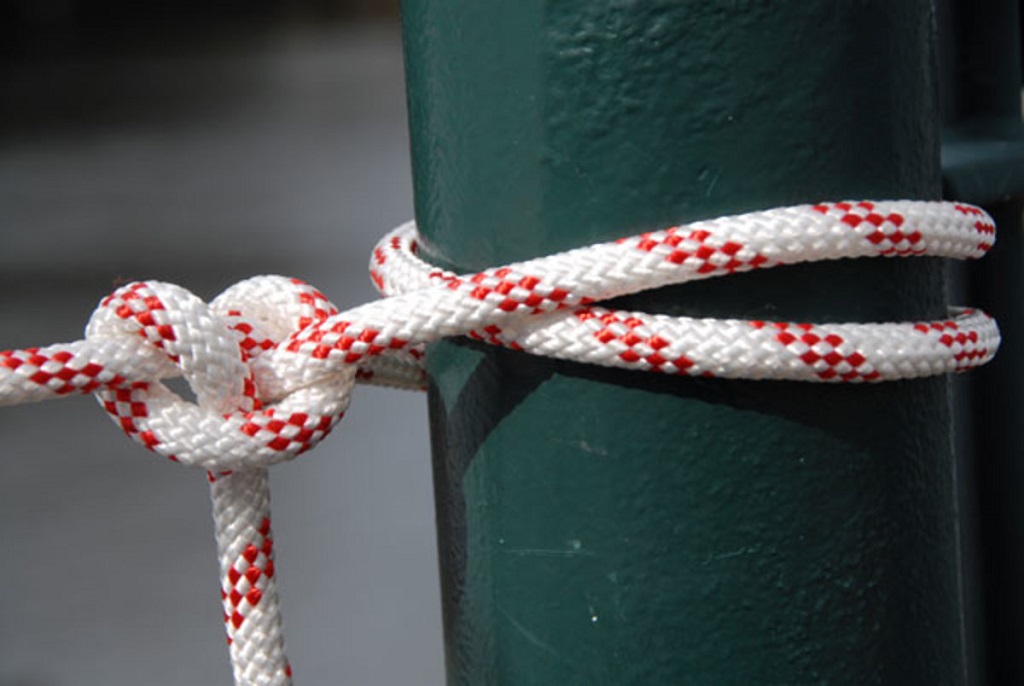If you’ve ever ventured into the world of camping, climbing, or even just basic outdoor activities, you’ve likely encountered the need to secure a rope to a pole or tree. Whether it’s setting up a tent, securing a load, or tying down equipment, knowing the right knot for the job is essential. In this article, we will explore the best knots for attaching a rope to a pole or tree, taking into account various scenarios and requirements.
Understanding the Importance of the Right Knot
When it comes to using a tree pulling rope, selecting the appropriate knot is crucial. The choice of knot can make all the difference between a secure connection and a potential hazard. To determine the most suitable knot, various factors such as the load the rope will bear, the type of rope, and the environment must be considered. Additionally, it’s important to understand why selecting the right knot matters for safe and successful tree pulling.
Now, let’s look at some of the most common and effective knots for this purpose:
Clove Hitch
The Clove Hitch is a simple and quick knot to tie, making it a popular choice for many outdoor enthusiasts. It’s effective at securing a rope to a pole or tree, especially for non-critical applications. However, it’s important to note that the clove hitch can slip under a heavy load, so it’s not recommended for situations where security is paramount.
Rolling Hitch
The Rolling Hitch offers increased security compared to the clove hitch but is a bit more challenging to tie. It’s an excellent choice when the rope will be under significant load. This knot provides additional stability and reduces the risk of slipping.
Timber Hitch
Designed specifically for attaching a rope to cylindrical objects like poles or logs, the Timber Hitch is both strong and secure. It’s known for its reliability and will not slip under load. This knot is particularly valuable when dealing with heavy loads in rugged environments.
Bowline Knot
The Bowline Knot is a versatile choice suitable for various purposes, including attaching a rope to a pole or tree. It offers both strength and security and is relatively easy to tie and untie. The Bowline Knot’s ability to maintain its shape and security under load makes it a dependable choice.
Choosing the Right Knot for Your Situation
Selecting the appropriate knot depends on your specific circumstances and needs. Here are some considerations to help you make the right choice:
- Load: Consider the weight and force the rope will bear. For heavy loads, opt for more secure knots like the Rolling Hitch or Timber Hitch.
- Skill Level: Some knots require more expertise to tie correctly. If you’re a beginner, start with simpler options like the Clove Hitch or Bowline Knot.
- Environment: The conditions of your outdoor setting, such as wind, rain, or extreme temperatures, can affect knot security. Choose a knot that can withstand the environmental challenges.
Additional Tips for Secure Knot Tying
To ensure the safety and effectiveness of your knot, keep these tips in mind:
- Proper Rope Size: Use a rope of an appropriate thickness to support the load without being overly bulky or challenging to tie.
- Inspect Your Rope: Before using it, thoroughly examine the rope for any signs of wear or damage. Do not use a rope that is frayed or compromised.
- Good Lighting: Tie the knot in a well-lit area to ensure you can see what you’re doing and achieve a secure tie.
- Testing: Always test the strength and security of your knot by pulling the rope in opposite directions before putting it into practical use.
Learning to Tie Knots
If you’re unsure how to tie a particular knot, there are numerous resources available online and in libraries to teach you the techniques. Practice and familiarity with these knots are essential for outdoor enthusiasts, as they can be lifesaving in certain situations.
In conclusion, selecting the right knot to attach a rope to a pole or tree is a critical skill for anyone who enjoys outdoor activities. The choice of knot depends on factors like load, skill level, and environmental conditions. By mastering a few key knots and following safety guidelines, you can ensure a secure and reliable connection for all your outdoor adventures.
FAQs
Q1: What is the most secure knot for attaching a rope to a pole or tree?
A1: The Timber Hitch is considered one of the most secure knots for this purpose, as it is designed specifically for cylindrical objects and does not slip under load.
Q2: Which knot is suitable for beginners?
A2: Beginners may find the Clove Hitch and the Bowline Knot easier to learn and tie effectively.
Q3: Can I use the Rolling Hitch for all situations?
A3: While the Rolling Hitch provides excellent security, it may not be necessary for every situation. Consider the load and requirements before selecting this knot.
Q4: What should I do if my rope is damaged?
A4: Do not use a damaged or frayed rope. It’s essential to ensure that your rope is in good condition before use.
Q5: Where can I learn how to tie these knots?
A5: There are plenty of online resources, videos, and books available that provide step-by-step instructions for tying various knots. Consider enrolling in a knot-tying class or seeking guidance from experienced outdoor enthusiasts.



